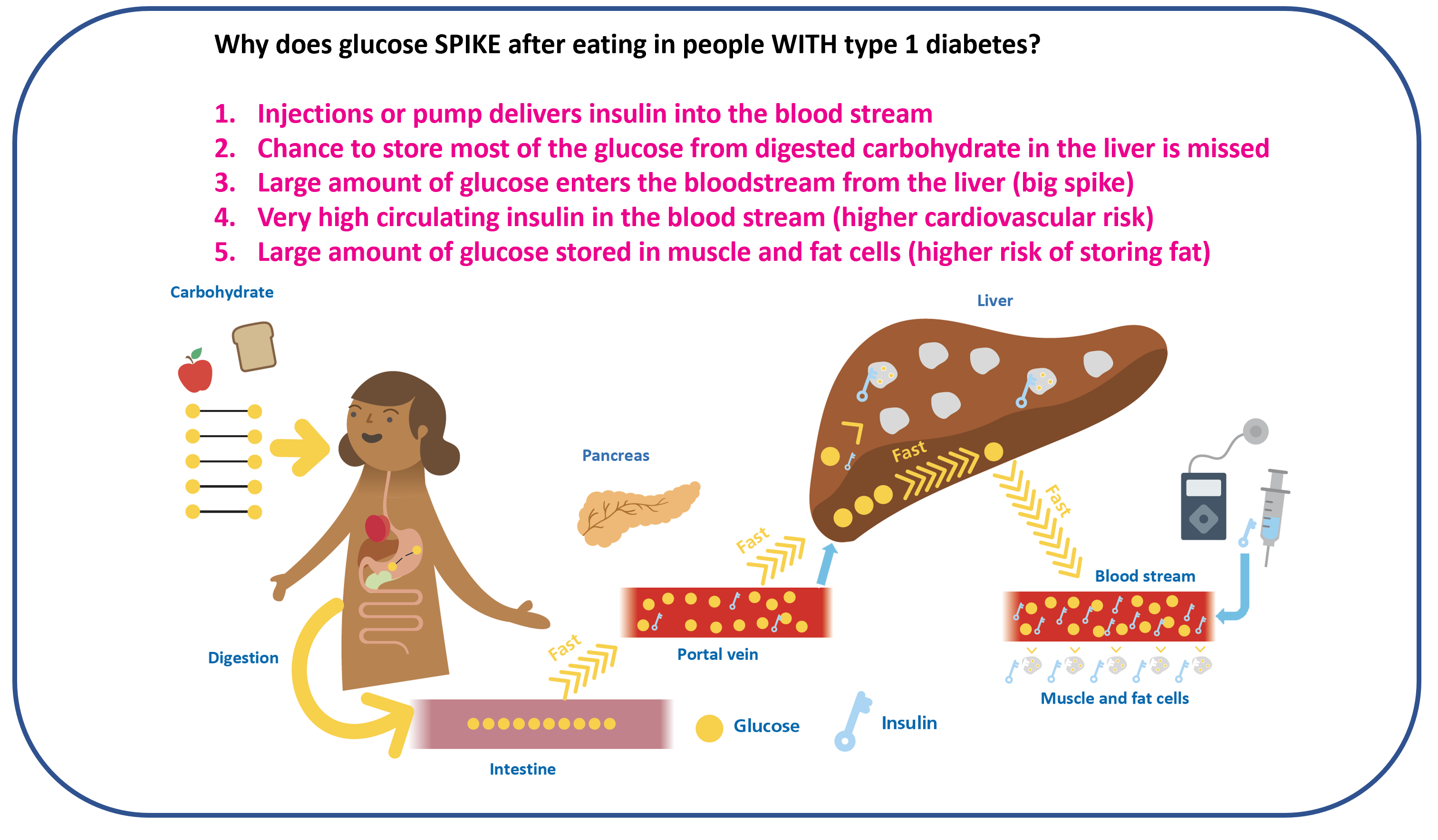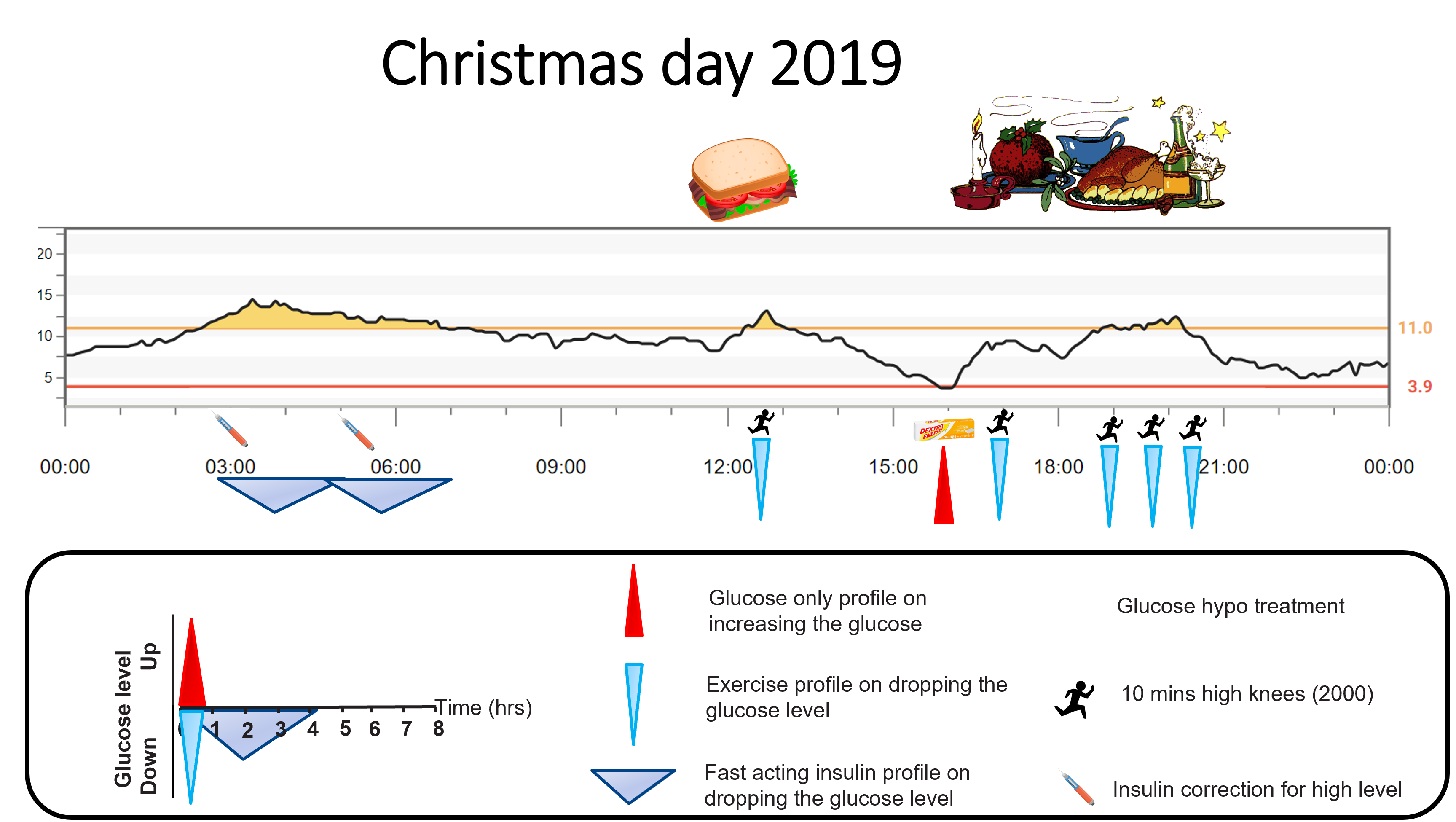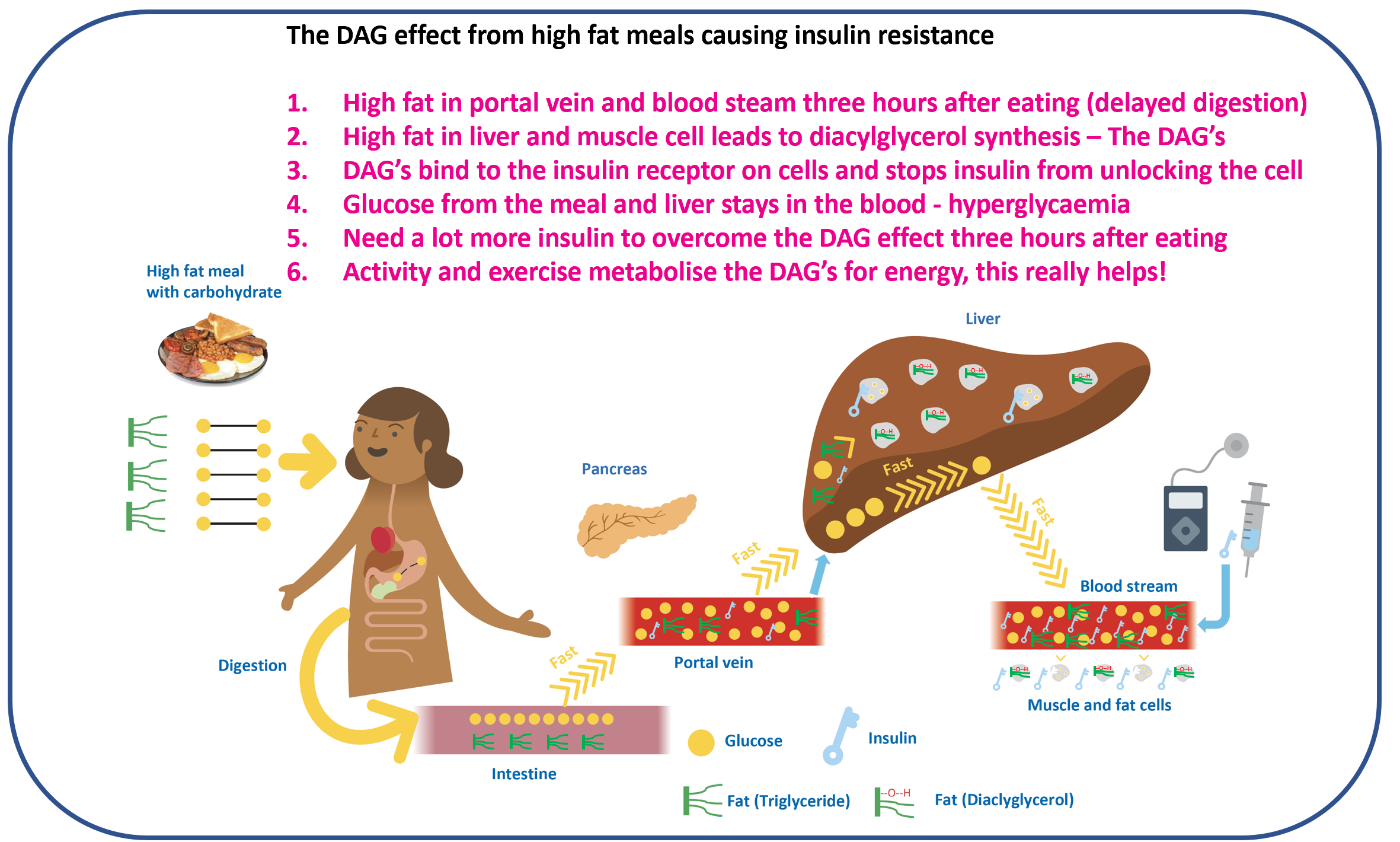Dear Dani, Grace and Jude,
Note: This page is advice for Grace, Jude and John. For any other reader, it’s information only. No therapeutic relationship is formed – read this.
Getting the correct mealtime insulin dose has the potential to get confusing. I know this too well as I disappeared down multiple rabbit holes whilst trying to get to grips with it. In fact, I created a 156 page interactive Masters (MSc) module with all the bells and whistles whilst trapped in the warrens! You can read more about this here.
Dani, let’s focus on what to do, not my scientific ramblings.
I have created this guide that tells you where to start.
The guide will teach you to adjust insulin doses and lifestyle to maximise time in range (4.0-10.0mmol/L or 70-180mg/dL) when eating:
High carb meals
Balanced meals
High fat meals
This section will will not teach you how to dose for low carb and ketogenic meals.
I have already discussed here why this will not be necessary for Grace and Jude if they follow Dynamic Glucose Management.
However, for John as an adult, you might want to experiment. Therefore you can see how I did it in the 120-day carb experiment, or get deep into the weeds of the 156-page guide.
Before we head to the three different meal types, lets recap on the main reason why the glucose spikes after eating, even if insulin is given well before the meal.

That’s right, lack of insulin in the portal vein is the nemesis for people with type 1 diabetes.
What about high-fat meals, why does the glucose start climbing three hours after eating and require a bucket load of insulin?
Amazing question.
This is where one of my mentors Peter Attia come in.
I did not know about the DAG effect until late 2020, after I wrote the 156-page guide – so it’s not in there, yet!
Peter interviewed a Doctor who discovered the mechanism for insulin resistance.
The Drive: Episode 140 – Gerald Schumer’s deep dive into insulin resistance.
I now understand what causes insulin resistance:
The DAG (diacylglycerol) effect
More importantly, I now know why you have to give so much insulin three hours after eating pizza, fish and chips and takeaways.
Also, this podcast opened my eyes to how I could use activity and exercise to stop insulin resistance in its tracks, which is exactly what I did on Christmas day 2019, without knowing it.

The 6000 high knees late in the evening combatted the DAG effect, without the need for extra insulin!
A tool for tackling high fat meals that does not involve elevating insulin in the bloodstream astronomically!
What’s the DAG effect?
Time for another diagram.

Key takeaways:
- High-fat meals slow digestion.
- Insulin resistance kicks in three hours after eating a high-fat meal.
- High-fat levels in liver and muscles cells lead to the creation of DAG’s by replacing one of the fatty acids attached to the fat backbone (glycerol) with a hydroxyl group (OH).
- The DAG’s stop insulin unlocking muscle and liver cells, so glucose cannot enter.
- The glucose goes and stays very high unless you give a lot of extra insulin or burn up DAG’s for energy by activity/exercise.
Let’s get into what to do.
Next step: High Carbohydrate Meals
Do you want to know when a new section of blog is added, click here.
